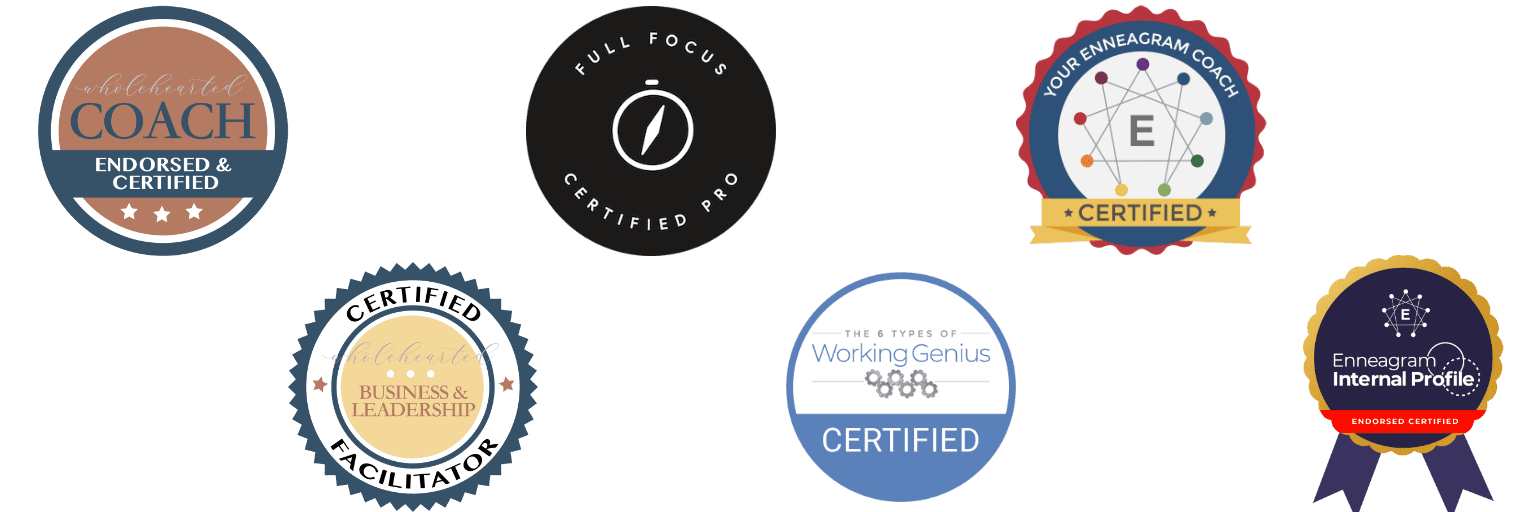“Wait… People Actually Plan 10 Years Ahead?”
I used to think long-term planning was only for people who color-code their calendars and actually enjoy spreadsheets. That wasn’t me.
Jason (my husband) and I were the type to just roll through life, hoping things would line up somehow. Until one day, we realized we were just… stuck. Same walls, same routines, while everyone around us seemed to be living bigger.
Then I went on a trip with a friend who casually mentioned taking their little kids on a road trip to Utah in a minivan. I was floored. Who does that? I came home, told Jason about it, and we sat there, in the same living room, asking ourselves, “What if?”
“What if we stretched a little? What if we actually planned something bold?”
By the end of the night, we’d mapped out a two-week road trip—Niagara Falls, Washington, D.C., visiting friends along the way. And you know what? That single plan didn’t just make our future more exciting. It made our present better. We had something to look forward to. Life felt lighter, like we’d woken up again.
And we didn’t get there with a complicated system. We did it with a simple approach I still use today:
- Start by understanding how you work best (your Working Genius).
- Look at all the key areas of your life, not just work and money.
- Build a roadmap that gives you direction, but with enough flexibility to grow with you.
“Step One: Figure Out How You’re Actually Wired”
Here’s the truth: reaching big goals isn’t just about grinding harder or forcing discipline. It’s about knowing your energy zones.
That’s where the Working Genius comes in. This framework identifies six types of work—Wonder, Invention, Discernment, Galvanizing, Enablement, and Tenacity.
- You have two “Genius” types where you thrive and feel energized.
- Two “Competency” types you can do but they don’t light you up.
- And two “Frustration” types that drain you like a phone left on 2% battery.
For me? Tenacity is a drain. The “stick with it until it’s done no matter what” energy? That’s why I’ve been known to rewash laundry I left in the dryer… multiple times.
You’ll need to take the official Working Genius assessment to find yours (it’s a paid tool, not through me, and I don’t earn anything from it). But once you do, I can help you make sense of your results—or even train your team on how to use their genius zones so everyone works smarter, not harder.
When your plans lean into your Genius zones, you’re energized. When they overload your Frustration zones, you stall out or burn out. Knowing this is the first step to making a roadmap you’ll actually want to follow.
“Step Two: Stop Planning Only Around Work and Money”
Most people build their future around career goals and a savings target… and then wonder why life feels empty when they hit those marks.
I use a framework from Full Focus (Michael Hyatt’s company) that helps me look at nine life domains—the areas that actually make life full:
- Mental growth and learning,
- Physical health and energy,
- Faith and values,
- Your closest relationship,
- Family connections,
- Friendships and community,
- Career or business,
- Finances and generosity,
- Fun, creativity, and hobbies.
(And, because I’ve learned how much my surroundings impact me, I add a 10th: Environment—the spaces where I spend my time.)
Each quarter, I pull out my Life Focus Kit (you can grab one here) and walk through each area. I rate where I’m at, notice what feels balanced, and decide where I need to focus. Because trying to “fix” everything at once? That’s a fast track to frustration.
And to keep it from feeling like homework, I’ll admit—I sometimes use a wheel spinner app on my phone to randomly choose which domain I review first. (It keeps me from diving into the serious stuff first and skipping the fun.)
The kit gives me space to track progress, spot gaps, and actually see how these areas work together. It’s not just a tool—it’s my way of making sure my life plan isn’t just a to-do list, but a full picture of what I want my life to feel like.
“Step Three: Make a Snapshot, Not a Spreadsheet”
Once you know your energy zones and your life areas, it’s time to build your future picture.
But here’s the key: don’t make this a giant, rigid plan you’ll never revisit. Instead, I create a 10-year snapshot—a short vision of what I want life to look and feel like in the areas that matter most. Then I break it into simple milestones:
- 3 years: What would I love to see by then?
- 6 years: What could be true if I stayed consistent?
- 10 years: What’s the big-picture outcome I’m building toward?
From there, I’ll choose one thing I can do this quarter to move toward my Year 3 milestone. I don’t need a 20-step checklist. I just need momentum.
And yes, the Life Focus Kit makes this so much easier, because it has prompts, structure, and built-in reviews. (Otherwise, I’d probably write my plan once and never look at it again.)
“Ready to Start Your Decade?”
It doesn’t have to be complicated. Set aside 30 minutes this week and choose one to do:
- Take the Working Genius assessment (yes, it costs something, and no, I don’t get a commission).
- Grab the Life Focus Kit if you want structure—or join me in our annual cohort in September where we work through the LifeKit together step by step.
- Write your first 10-year snapshot, even if it’s messy.
Because your next decade won’t plan itself. But it doesn’t have to feel heavy, either. It just has to start.




0 Comments